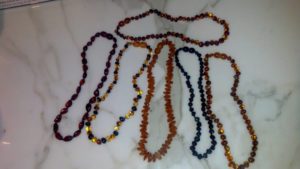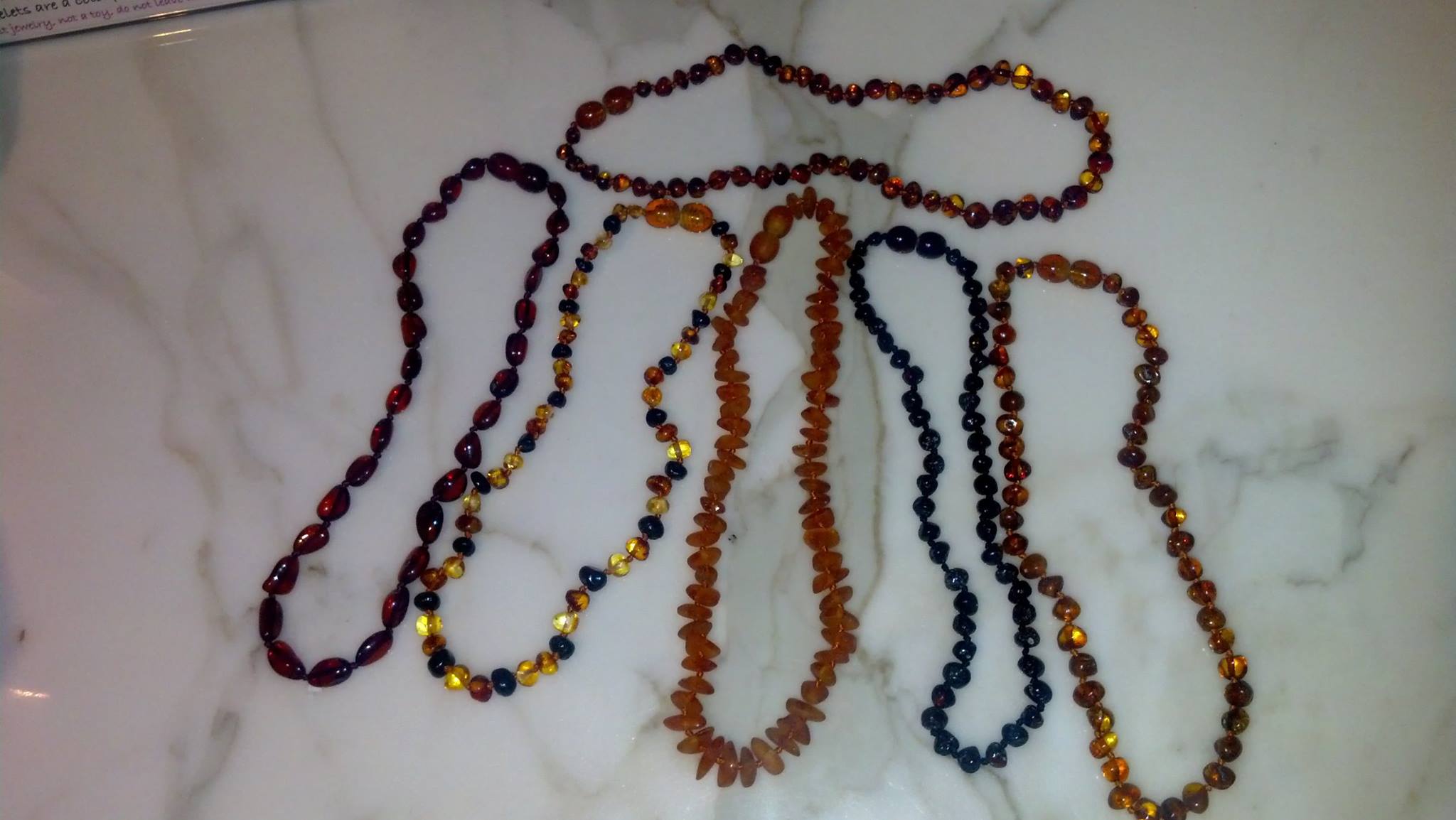Signs of teething
The most common signs of teething may include one, or all of the following:
• pain, obvious discomfort, irritability
• hard white patches visible under the gums
• swollen, reddened gums when tooth is closer to breaking through
• excessive drooling
• inflamed red cheek
• mild cough – caused by excessive drool
• diaper rash
• loss of appetite
When a baby begins to teethe, don’t be surprised if you notice a change in general behavior that is difficult to account for. Some common behavior changes are:
• biting down on anything, putting everything they can into the mouth
• general irritability and frustration
• refusing food, changing what they prefer to eat or amounts
• crying more than usual, for no obvious reason
• trouble sleeping, waking suddenly, difficult to settle
Remedies
 What can you do to help your baby?
What can you do to help your baby?
• Comfort and hugs – obvious and necessary.
• Cooled or frozen fruit or vegetable sticks to chew (after weaning and always under supervision). Make them as large as possible.
• A cooled or frozen clean wet cloth.
• Cloth soaked in weak Chamomile tea and then frozen.
• Gum massage – pressing down on the site of the emerging tooth with a clean finger or an ice cube, if you can figure out where the trouble is. This may be too sore for your infant but some relax and feel relief.
• Breast Feeding – breast milk contains a natural pain reliever for babies.
• Homeopathy- multiple homeopathic remedies can help with different symptoms.
• Amber teething necklaces – worn by your baby and kept out of their mouth, these necklaces react to the heat from baby’s skin to release a natural analgesic found in the resin. Many adults have found them calming as well.
• Something to chew on, even your own finger. There are a myriad of different kinds of teething options available. Motherhood Center carries Chew Bead necklaces specifically made of soft but firm silicone. Babies often use anything at hand as a self-designated teething aid!
• Teething brushes – first step tooth brushes with short firm rubber ‘bristles’ designed to both rub gums and clean teeth. Biting on these can help.
• Teething gels – to rub on the site of pain. Most need to be rubbed in well to help as they contain a mild local anesthetic to dull the pain.
Stop by the Motherhood Center to check out our selection of teething toys and jewelry!




